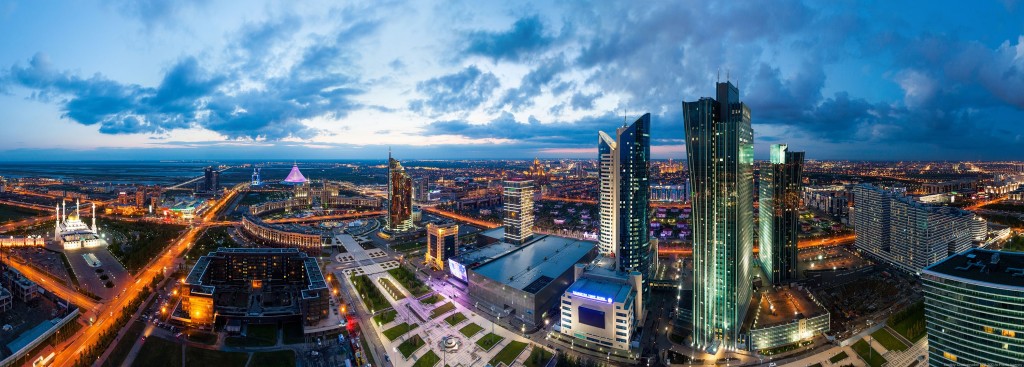ASTANA – The capital’s population agglomeration has reached 1.189 million and officials expect a 33-percent demographic growth to 1.6 million by 2030, reported Kazakh First Vice Minister of National Economy Ruslan Dalenov during the June 26 government meeting.
Developing the areas around the city, home to 1.041 million people, is part of the government effort to turn its major cities such as Aktobe, Almaty, Shymkent and the capital into the country’s growth centres.
The Astana agglomeration, which stretches across 2.18 million hectares, will include the capital, Akkol city in the Akmola region, four rural areas of Akkol district, 11 in Shortandy district, 13 in Arshaly district and 18 in Tselinograd district, said Dalenov.
The three districts are located in the nearby Akmola region with Kokshetau as its administrative centre.
The document which outlines developing the capital’s surrounding areas includes 82 measures in three main areas. To date, 72 have been implemented, while work on the remaining 10 is in full swing, he said.
“The first area embodies territorial and institutional development of the agglomeration. A special interregional scheme of the Astana agglomeration territorial development was prepared for that objective. Of the ten measures in this area, nine have been implemented and authorities are currently working on a detailed planning of settlements and districts of the agglomeration,” he added.
Positioning the agglomeration in national and regional economic markets, which entails financial services provision, high quality medicine and education as well as developing high technology industries, is one of the three important areas envisioned in the document.
The smart city project is among the key elements. First introduced in the capital as a pilot project, the concept incorporates technology-driven solutions in the city’s various sectors, including hospitals, schools and street lighting.
“The third area is the coordinated infrastructure development of Astana as an urban kennel and its suburb areas,” said Dalenov.
He noted the city’s geographic location opens opportunities for turning it into a hub facilitating the country’s transport and transit potential.
The capital transport system has witnessed significant changes in the past years by modernising its public transport system and constructing a new airport terminal and train station, among recent changes.
The light rail train (LRT) system is another major project. A $1.9-billion undertaking involving Chinese contractors with the first 22.6-kilometre LRT line linking the city’s airport and train station and passing through its 18 main sites, including Nazarbayev University and Abu Dhabi Plaza currently being built near Baiterek Tower, is now scheduled to launch in 2021.
Minister for Investments and Development Zhenis Kassymbek noted the city’s major industries will be relocated to surrounding areas and three industrial zones will be created for that purpose. Arshaly village in Arshaly district will house one of the zones based on its geographic location on the Astana-Temirtau-Karaganda route.
The second zone will be established in Tonkeris rural area in Shortandy district close to the highway and railroad and the third will be in Zhainak village in Tselinograd district.
The ministry expects the three industrial zones will spur 144-percent production growth.



